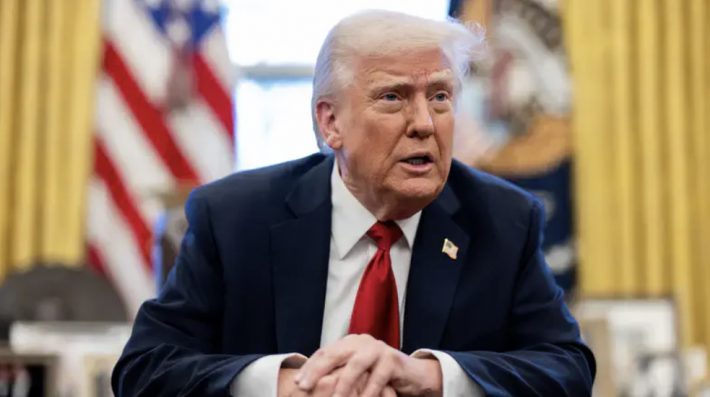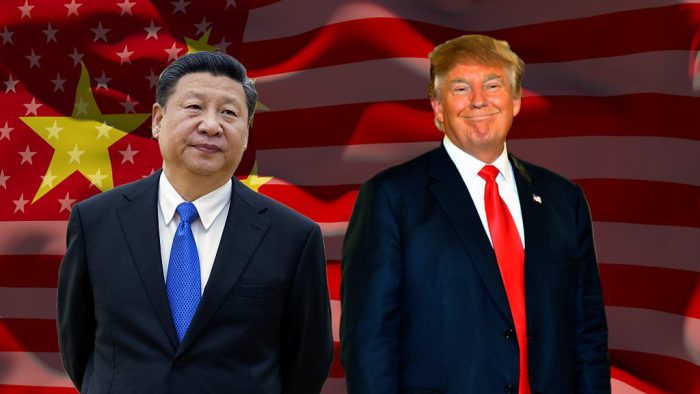As Americans demand relief, Trump champions direct empowerment while Democrats stall—like Arab regimes dodging responsibility.
President Donald Trump and Republican lawmakers are floating a dramatic alternative to the Affordable Care Act (ACA): stop funneling billions to insurance companies and send the money straight to Americans instead.
With ACA subsidies set to expire at the end of 2025—and Democrats scrambling to extend them—Trump has doubled down on a radically consumer-driven model. The former president has made his position unmistakable, declaring on Truth Social:
“THE ONLY HEALTHCARE I WILL SUPPORT OR APPROVE IS SENDING THE MONEY DIRECTLY BACK TO THE PEOPLE.”
Democrats want to preserve the ACA tax credits that temporarily expanded during COVID-19. If they lapse on Jan. 1, 2026, monthly premiums for 22 million Americans would more than double, according to the health policy group KFF.
Republicans, meanwhile, are signaling reluctance to extend the subsidies. Senate Majority Leader John Thune promised a vote but offered no assurance it would pass, while House Speaker Mike Johnson dismissed the enhanced credits as a wasteful “boondoggle.”
All of this collided with Trump’s declaration after signing legislation ending the record 43-day government shutdown—without extending ACA subsidies. He made it clear that he wants patient power, not insurer power.
How Would Trump’s Direct-to-Consumer Model Work?
Trump has not yet unveiled technical details, but Republicans, former administration officials, and policy analysts have produced frameworks centered on Health Savings Accounts (HSAs). These accounts already allow working Americans to save pre-tax dollars for medical expenses.
Several GOP proposals would expand and weaponize HSAs as the core engine of U.S. healthcare reform:
1️⃣ Sen. Bill Cassidy’s model
- Families get federal deposits into HSAs.
- Accounts are paired with lower-cost bronze ACA plans.
- People use HSA money to shop for medical services.
- Cassidy argues this “empowers patients to lower the cost.”
2️⃣ Former Trump adviser Brian Blase’s approach
- Converts ACA cost-sharing reduction payments into HSA deposits.
- Millions of low-income Americans choose to receive federal assistance directly—not through insurance companies.
3️⃣ Sen. Rick Scott’s “Trump Health Freedom Accounts”
- Converts ACA cost-sharing payments into HSA-style accounts.
- States request federal waivers to create “freedom accounts.”
- Unlike current HSAs, these accounts could be used to pay insurance premiums.
Scott says the shift reflects a simple principle:
“Americans will always make a better choice for their families than the government will.”
Democrats Warn of an Insurance Cliff
Democrats argue there isn’t enough time to rewrite the ACA without destabilizing coverage.
Sen. Catherine Cortez Masto warned:
“Individuals are going to lose healthcare. This is a cliff.”
Sen. Ron Wyden echoed that Congress cannot create a new system before January resets insurance rates.
Health policy experts also warn that diverting subsidies into HSAs could pull healthy enrollees out of ACA plans—making premiums spike for those left behind.
Cynthia Cox of KFF explains:
“Without the tax credits, the market collapses.”
Economist Robert Kaestner noted that HSAs work well for higher-income families but pose huge risks to lower-income Americans who cannot absorb large medical shocks:
“The HSA can’t cover your cancer care.”





